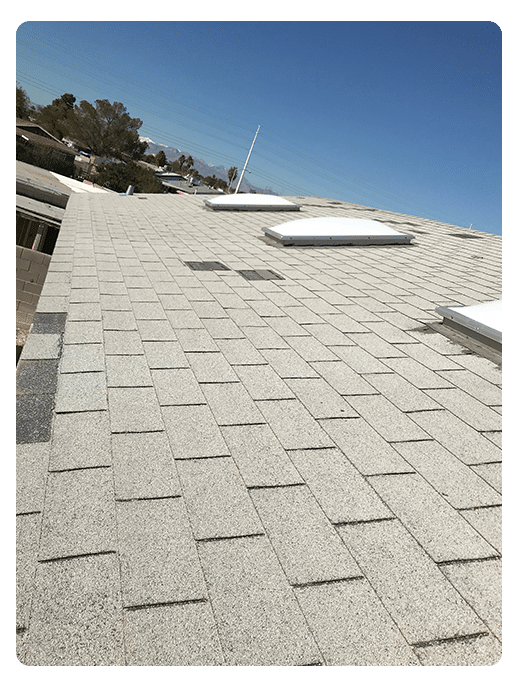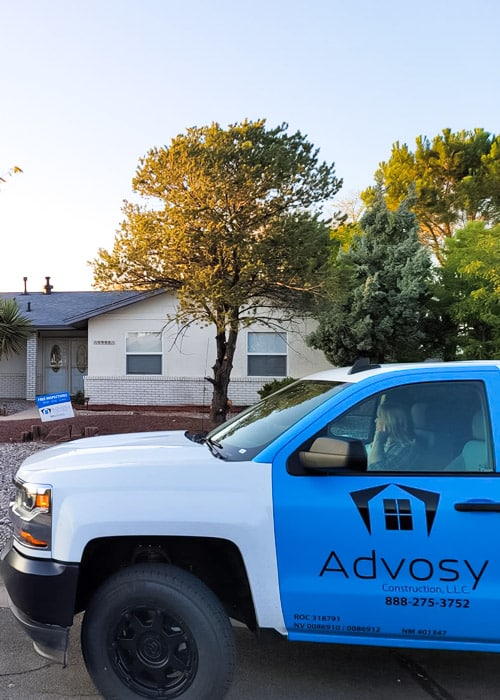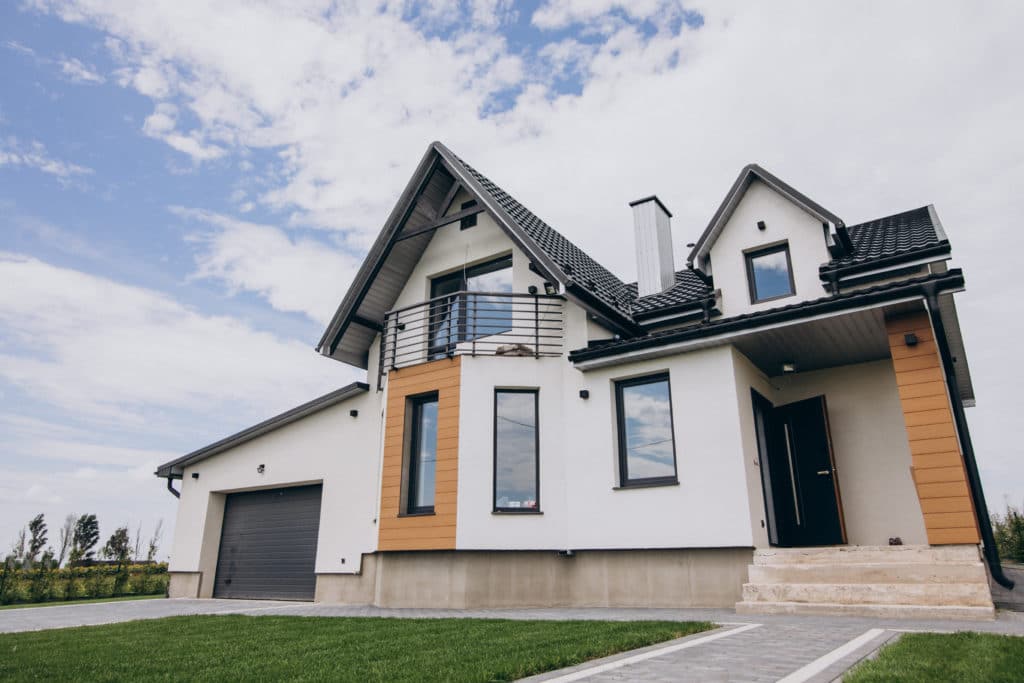Are you a Phoenix homeowner who’s had your fair share of roofing nightmares? Are you tired of forking over thousands of dollars for costly repairs? It’s time to take control and protect your investment. Phoenix’s extreme heat and monsoon storms can wreak havoc on your roof, causing damage that can go unnoticed until it’s too late. But fear not, with a little knowledge and preventative measures, you can avoid costly repairs and sleep soundly knowing your roof is secure.
In this article, we’ll explore the common roofing issues in Phoenix and the impact of heat and monsoon storms on your roof. We’ll also discuss the signs of roof damage to look out for and the preventative measures you can take to protect your roof. Additionally, we’ll provide tips for hiring the right contractor for repairs and maintenance, and long-term solutions for roof maintenance and repair. So buckle up, and get ready to learn how to avoid those dreaded roofing nightmares.
Common Roofing Issues in Phoenix
If you live in Phoenix, you’re probably familiar with some of the common roofing issues that can plague your home. Roof leaks, for example, can be a major problem in this desert climate. The intense heat and occasional monsoons can cause shingles to become brittle, leading to cracks and other damage that can allow water to seep into your home.
Another common issue in Phoenix is shingle damage. Blistered shingles are a common sight here, caused by the extreme heat and UV exposure. This type of damage can not only be unsightly, but it can also weaken the shingles, increasing the risk of them blowing off in high winds. It’s essential to address these issues promptly to avoid costly repairs down the road.

The Impact of Heat and Monsoon Storms on Your Roof
You’ll feel the effects of scorching heat and fierce monsoon storms on your home’s cover, so it’s crucial to know how to mitigate their impact. Your roofing materials and insulation options play a significant role in protecting your home from these harsh weather conditions. Due to the extreme heat in Phoenix, it’s essential to choose roofing materials that can withstand high temperatures and prevent heat from penetrating your home.
Metal roofing is a popular choice for its durability and heat resistance, while asphalt shingles may not be the best option. It’s also crucial to have proper insulation to keep your home cool and reduce your energy bills. Insulation options such as spray foam or reflective barriers can help keep your home’s temperature regulated and protect against heat damage. By choosing the right materials and insulation, you can avoid costly repairs and maintain the integrity of your roof.
Signs of Roof Damage to Look Out For
Spotting signs of damage on your roof can save you from potential headaches and expenses down the line. Regular roof maintenance is important to ensure that your roof stays in good condition. It’s important to inspect your roof regularly, especially after monsoon storms or extreme heat. Here are some inspection tips to help identify potential roof damage.
Start by checking for any missing or broken shingles. This can be a sign of wind damage or aging. Also, look for any cracks, holes, or dents in the roof. These can be caused by hail or falling debris. Additionally, inspect the flashing around chimneys, vents, and skylights to ensure they are properly sealed. Lastly, check for any signs of water damage, such as water stains on the ceiling or walls. By regularly inspecting and maintaining your roof, you can avoid costly repairs and ensure your roof lasts for many years to come.
Preventative Measures to Protect Your Roof
To keep your roof in top shape, it’s important to take preventative measures. One of the most important things you can do is to regularly inspect your roof for any signs of damage. This can include checking for missing or damaged shingles, as well as any cracks or leaks.
Another important preventative measure is to ensure proper ventilation in your attic. A poorly ventilated attic can cause moisture buildup, which can lead to mold growth and damage to your roof. Additionally, make sure to regularly clean your gutters to prevent water damage and trim any nearby trees to prevent debris from falling onto your roof. By taking these preventative measures, you can avoid costly repairs and keep your roof in great condition for years to come.

Hiring the Right Contractor for Repairs and Maintenance
Finding the right contractor can make all the difference when it comes to keeping your roof in top shape and avoiding potential issues down the line. The first thing you need to consider when hiring a contractor is their qualifications. It’s important to choose a licensed and insured contractor who has experience in roofing repairs and maintenance. Look for reviews and recommendations from previous clients to ensure they have a good reputation. Don’t be afraid to ask for references and check them thoroughly.
Another important factor to consider when hiring a contractor is pricing. It’s important to get multiple quotes from different contractors and compare them carefully. Don’t just go for the lowest price, as it may not always be the best quality work. Look for a contractor who offers a fair price for their services and has a good track record of completing projects on time and within budget. Remember, your roof is an investment in your home, so it’s important to choose a contractor who will take care of it properly.
Long-Term Solutions for Roof Maintenance and Repair
When it comes to maintaining your roof, you’ll want to make sure you’re taking a proactive approach to avoid any potential issues down the line. One of the best things you can do is schedule regular roofing inspections to catch any problems early on. This will give you a chance to address any issues before they become major problems that require costly repairs.
In addition to scheduling inspections, there are also some DIY maintenance tasks you can do to help keep your roof in good condition. For example, you can clean out your gutters and downspouts regularly to ensure they’re not clogged with debris. You can also trim any overhanging branches that could potentially damage your roof during a storm. By taking these steps, you can help extend the life of your roof and avoid any costly repairs down the line.


